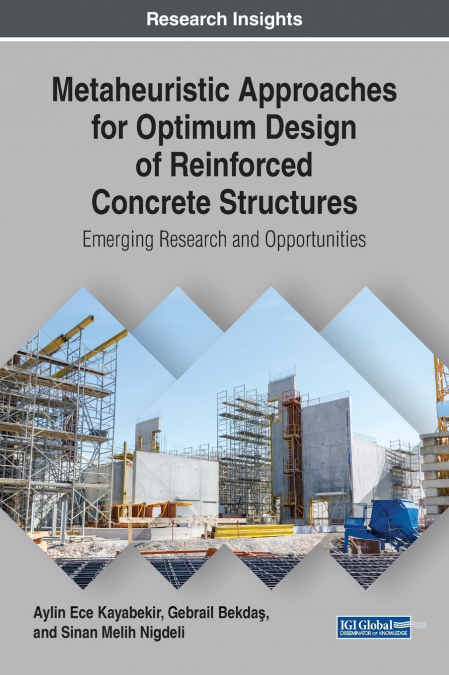
Aylin Ece Kayabekir / Gebrail Bekdaş / Sinan Melih Nigdeli
Reinforced concrete structures are one of the major structural types and must adhere to design regulation codes. It is ideal to find the best design (section dimension, material type, and amount of reinforcement) with the minimum cost providing the design constraints (design formulation considering loading of structure). Metaheuristic methods inspired by natural phenomena can consider design constraints by combining the analyses of formulation of reinforced concrete structures with an iterative numerical algorithm using several convergence options of random generation of candidate design solutions. Metaheuristic Approaches for Optimum Design of Reinforced Concrete Structures: Emerging Research and Opportunities is a pivotal reference source that focuses on several metaheuristic algorithms and the design of several types of structural members. Additionally, retrofit applications and seismic design issues are considered for readers in earthquake zones. Highlighting a wide range of topics including algorithms, design variables, and retrofit design, this book is ideally designed for architects, engineers, urban designers, government officials, policymakers, researchers, academicians, and students.